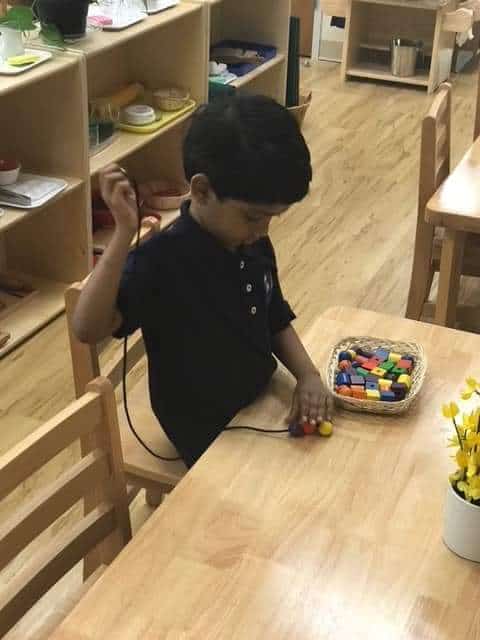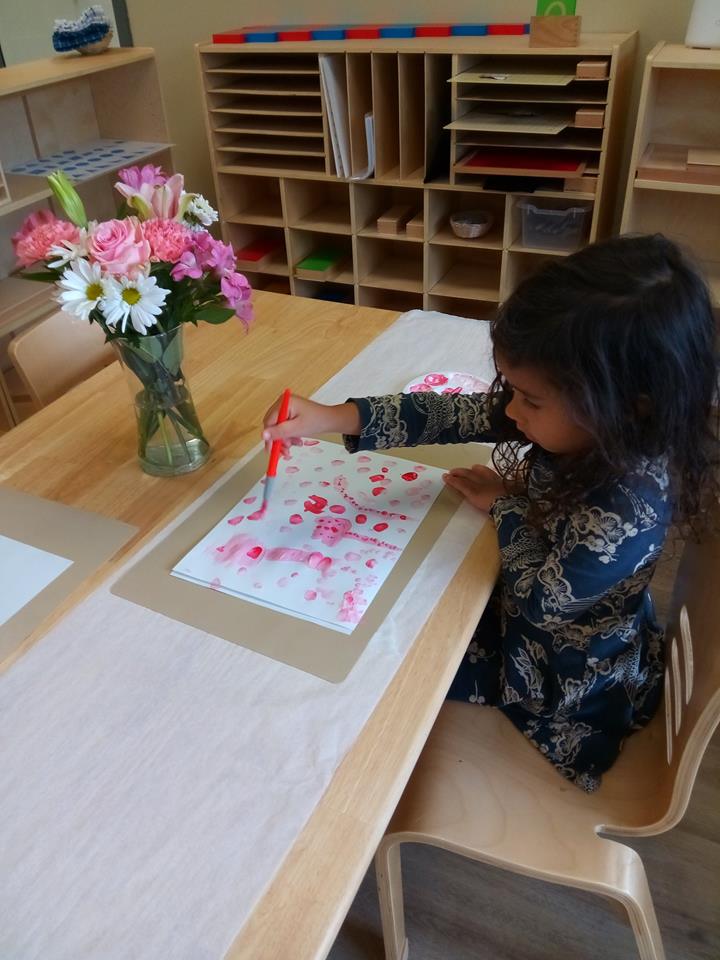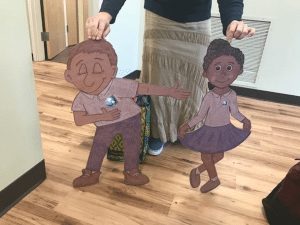 Montessori preschool difference
Montessori preschool difference
If you are new to Montessori education, you may wonder what makes it different from traditional preschool programs. While the goal of both Montessori and traditional preschools is to provide children with a learning experience, there is a significant difference in the methods and approach to learning.
A unique and beautiful environment
Montessori classrooms are prepared in advance according to each child’s requirements. This includes student-centered lessons and activities where children are allowed to choose their work location, activities, and the duration of time spent on each activity.
Montessori differs from the traditional mindset that all children learn in the same way at the same pace. Instead, Montessori certified teachers observe each child and create a lesson plan according to his or her way of understanding.
Upon entering a Montessori classroom, the first thing you will notice is that it looks nothing like an ordinary classroom where children are all seated at their allotted desks listening to the teacher as she explains the day’s activity. Instead, you are likely to see some children sitting in groups, a few working independently, and some clustered around the teacher working on specific concepts. And throughout, you will see a beautifully arranged space that encourages curiosity and exploration.
Multi-age classrooms
One Montessori preschool difference is that classrooms are multi-age. In Montessori classrooms, grade levels are flexible and children are placed in mixed-age groupings, i.e. 0-3, 3-6, 6-9, etc. This creates an environment where younger children learn from older children, and older children learn much more deeply through teaching and explaining concepts to others.
Children working independently
The Montessori Method is based on the belief that children’s self-esteem comes from an internal sense of pride in their own accomplishments while in a traditional classroom setting, children’s self-esteem is raised through external judgments. Internal motivation drives the Montessori classroom and sets the tone for taking responsibility for one’s own learning.
The love of learning
Another Montessori preschool difference is that children love learning. While traditional preschools aim to complete their respective curriculum in the given time frame, the goal of a Montessori class is to move at the ideal rate for each child. Children are there to learn not because it’s mandatory to do so, but because they want to be there, challenging themselves and reaping rewards and personal gratification.
The Montessori teaching method was created by Dr. Maria Montessori and is based on a careful study of how children learn while traditional methods of teaching are… well… traditional.
If you are interested in learning more about the Montessori Method, visit us at Montessori Kids Universe and see the difference in action.


